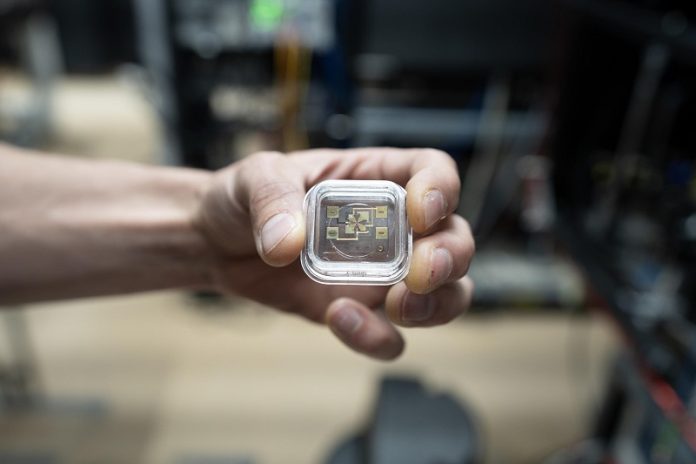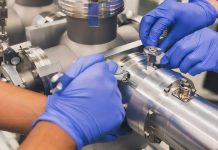
Scientists in the U.S. have built the most accurate clock in the world—so precise it can measure time down to 19 decimal places.
Created by researchers at the National Institute of Standards and Technology (NIST), this new clock uses a single aluminum ion and represents the latest breakthrough in atomic timekeeping.
After 20 years of work, the team has now pushed the boundaries of what’s possible in measuring time.
The aluminum ion clock belongs to a class of devices known as optical atomic clocks. These clocks measure the vibrations, or “ticks,” of atoms using lasers.
Compared to older atomic clocks that use cesium atoms, optical clocks tick much faster, allowing for finer and more accurate timekeeping. Accuracy means how closely the clock tracks “true” time, while stability measures how consistent and reliable that tracking is over time.
This new aluminum ion clock is not only 41% more accurate than the previous best but is also 2.6 times more stable than any previous ion clock.
Aluminum ions are especially good at keeping steady time. Their ticks are very consistent and are less affected by changes in temperature or magnetic fields. However, working with aluminum isn’t easy.
It doesn’t respond well to lasers, which are essential for cooling and reading atoms in these clocks. To get around this, the NIST team used a second ion—magnesium—that acts like a helper.
Magnesium is easy to control with lasers and can “cool” the aluminum ion by moving with it. It also helps scientists read the aluminum’s timekeeping signal.
This technique is called quantum logic spectroscopy, and it’s what makes the aluminum clock possible.
Building such a precise clock meant solving several technical challenges. One issue was tiny unwanted movements in the ion, caused by electrical imbalances in the trap that holds the atom in place.
These disturbances were throwing off the clock’s tick rate. The team redesigned the trap using a thicker diamond wafer and better gold coatings to reduce electrical noise. This kept the ion more stable, improving accuracy.
Another problem came from the vacuum chamber surrounding the ion. In older setups, hydrogen gas would slowly leak out of the metal walls and collide with the ions, interrupting the clock.
To fix this, the team built a new chamber out of titanium, which lowered the background hydrogen levels by 150 times. That allowed the clock to run for days without needing to reset the ions, instead of just 30 minutes.
Finally, the team needed a better laser to count the aluminum ion’s ticks. They collaborated with a world-leading laser lab at JILA, a joint institute between NIST and the University of Colorado. That lab had previously built the most accurate clock in the world using strontium atoms.
Using a fiber-optic link under the street, they sent an ultrastable laser beam 3.6 kilometers to the aluminum clock lab. With this upgrade, the team could measure the ion’s ticking over a full second—much longer than before—making the clock dramatically more stable.
Thanks to all these improvements, what used to take three weeks of measurements can now be done in just a day and a half. This opens the door to using the clock for exciting new science, such as measuring changes in Earth’s gravity or testing whether the fundamental laws of physics might be changing over time.
This clock not only helps redefine the second with extreme precision but also provides a platform for testing the limits of quantum physics and exploring new technologies of the future.



